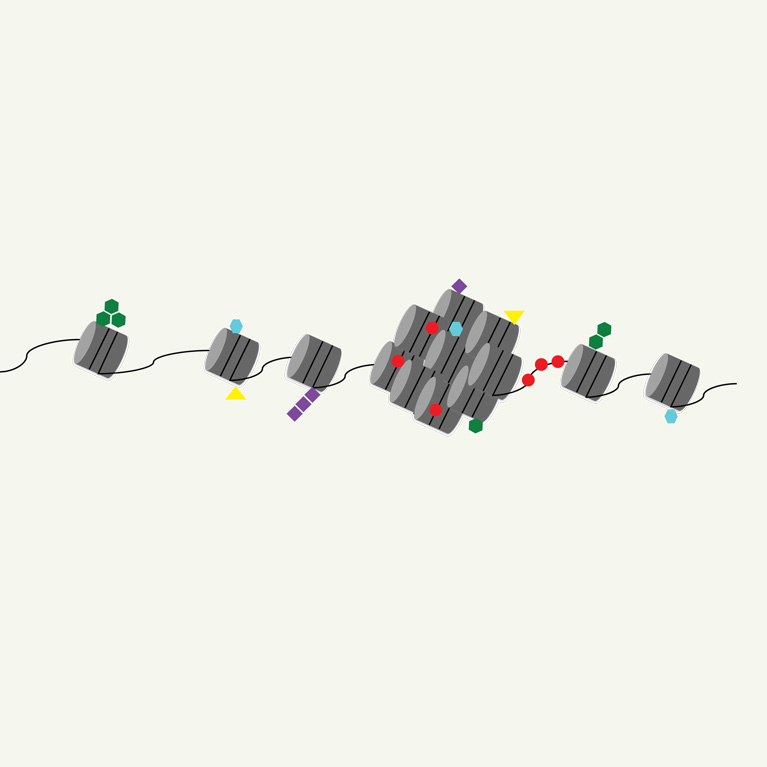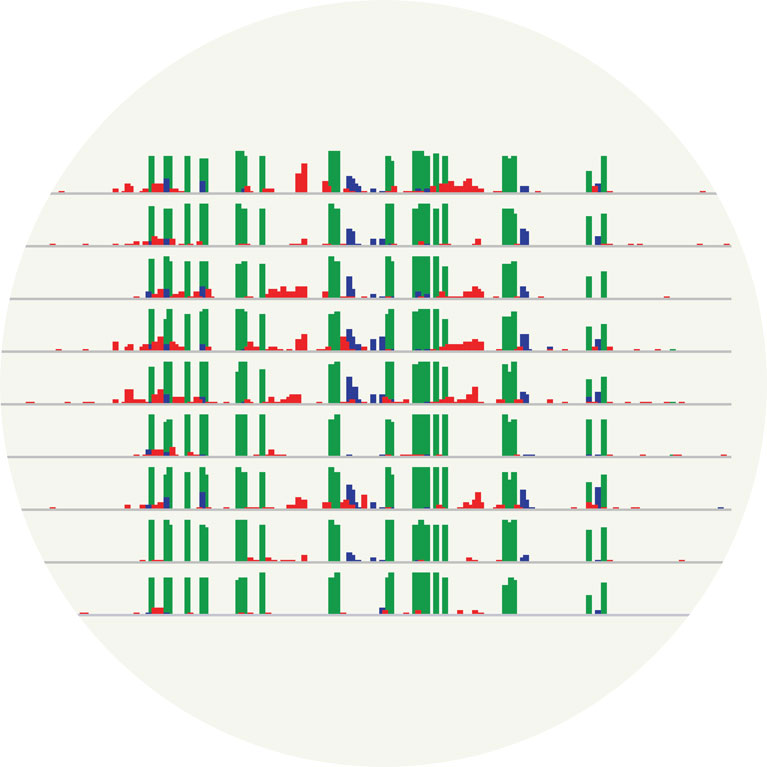Welcome to the Law Lab

The Problem
In any given organism, every cell has essentially identical genetic information, yet not all cells look or act the same. One cause of this amazing diversity is the presence of chemical tags, called epigenetic modifications, which decorate the genome. The patterns of these tags can differ between cell types, helping to instruct the function of cells by, for example, indicating which genes should be turned on and which should be ignored. However, it remains unclear how specific patterns of epigenetic modifications are established, how they are recognized by the relevant cellular machineries, and how they are decoded to instruct cellular function. Addressing these aspects of epigenetic-based regulation are critical for understanding their roles during normal development as well as in connection with developmental defects and the progression of diseases, including cancer.

The Approach
Rather than using animal cells to study epigenetic modifications, Julie Law is turning to the small flowering plant Arabidopsis thaliana. Unlike mammals, Arabidopsis plants are more tolerant of changes to their epigenome, making it easier to study the effects of altering these modifications. Using this plant, Law is employing genetic, biochemical and genomic approaches to manipulate and study the roles of factors that deposit, remove, and decode epigenetic modifications to reveal how they regulate gene expression and maintain genome stability. Although Law’s research utilizes a plant model, her findings will also hold lessons for human biology as many of the genes involved in adding or removing epigenetic marks are the same in plants as in mammals. Ultimately, her research paves the way for understanding the role of the epigenome in both agriculture and human health.
The Innovations and Discoveries

Law provided mechanistic insights into the targeting of two specialized RNA polymerases (Pol-IV and Pol-V) in the Arabidopsis genome that are required of the deposition of cytosine DNA methylation. These findings provide insight into how epigenetic modifications might be targeted to specific genes for crop improvements or therapeutic benefits to human health.

Taking a biochemical approach, Law used proteins with known roles in connection with DNA methylation to identify new proteins critical for this process. Her characterization of these proteins enhances our understanding of how the epigenome is regulated.

Law and her colleagues also revealed, at the level of individual atoms, the precise regions of several proteins that are critical in recognizing specific epigenetic modifications. These studies provide a detailed view of how these proteins function and could reveal how their mutation can lead to epigenetic changes that manifest as developmental defects or the progression of diseases, such as cancer.